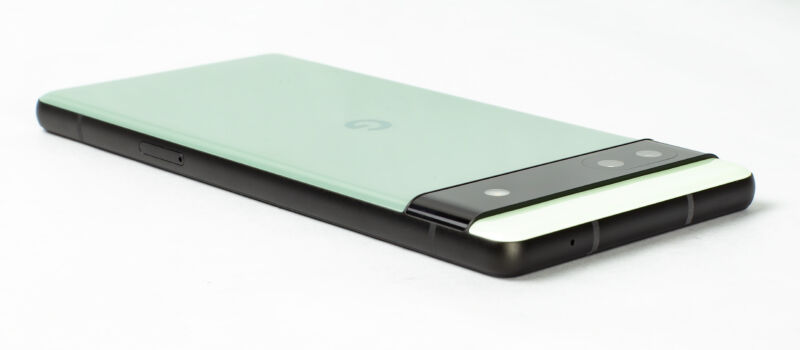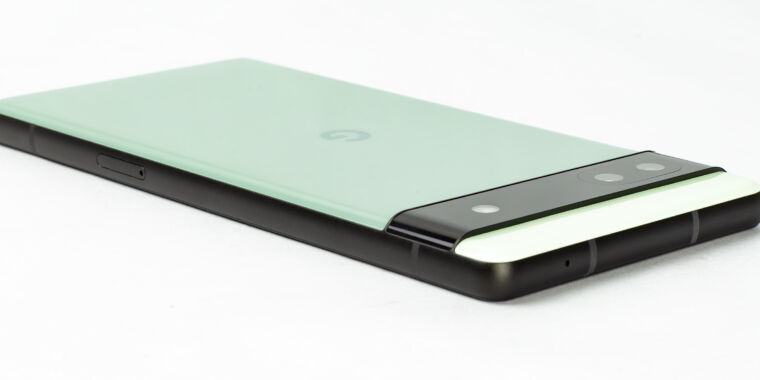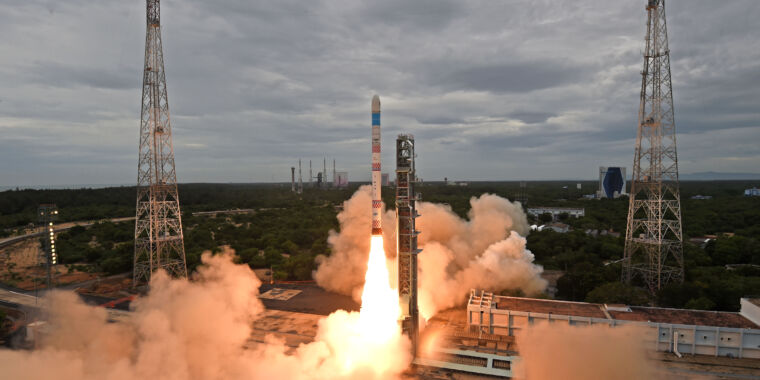
Ron Amadeo
So you want to buy a cheap Android phone, but you’re overwhelmed by the countless options out there. Let us point you in the right direction.
First, though, you should figure out if you even want to buy a midrange or low-end phone. Getting a less-expensive device usually means giving up some features, like a higher-than-60 Hz display refresh rate, quick charging, mmWave 5G, and wireless charging. On the other hand, you won’t be paying $1,000 for a top-of-the-line device.
You should pay close attention to the things some manufacturers skimp out on, like update plans, a decent camera, cutting-edge performance, NFC support, and support for newer versions of Wi-Fi.
Luckily, our favorite cheaper phones manage to hold on to a few items from this list.
A note on 5G
There’s also a good chance you’ll miss out on some forms of 5G, but don’t let that affect your purchasing decision. Many carriers have started rebranding traditionally 4G technologies as “5G,” so you have to be really plugged in to know the difference. And you might catch some carriers, like Verizon, offering a 5G mmWave upsell on a phone for an extra $50, which is the case for the Pixel 6a.
mmWave is the super-fast version of 5G responsible for record-breaking speed tests, but you need to run that speed test directly under a mmWave installation. In the real world, mmWave covers somewhere around 1 percent of carrier networks. The more prevalent “5G” is sometimes slower than 4G. So take our advice: Don’t pay an extra cent for any kind of “5G.”
The Ars Pick
The $449 Google Pixel 6a—sucking all the air out of the room
Buy: $449 at Amazon, Target, Best Buy, Google
-
The Pixel 6a has a flat screen with a thicker-than-usual bezel on the bottom.
Ron Amadeo -
New this year on the midrange Pixel is an in-screen fingerprint reader.
Ron Amadeo -
The back.
Ron Amadeo -
The Pixel 6a’s camera cover is separate from the rest of the camera bar, which should reduce photo glare.
Ron Amadeo -
The top of the phone has a hole-punch camera and an earpiece speaker.
Ron Amadeo -
This side has a SIM slot.
Ron Amadeo -
This side gives you a look at the buttons.
Ron Amadeo -
The bottom has a USB-C port—and no headphone jack.
Ron Amadeo -
The camera bar returns but it’s a lot shallower than the Pixel 6 version.
Ron Amadeo -
Take a look at the gloriously flat screen.
Ron Amadeo
For a cheap Android device, you can’t do any better than the Pixel 6a. The Pixel A series is usually great, but the line is kicking things up a notch this year with the inclusion of a flagship-class system-on-a-chip (SoC). Google has packed its midrange $449 smartphone with the same Google Tensor SoC you’ll find in the $600 and $900 Pixel 6 phones. That means this little device has almost the same performance as many flagships. In our full review, you’ll see Pixel 6a benchmarks that are identical to the Pixel 6 in CPU, GPU, and storage metrics.
In addition to not making you compromise on performance, the Pixel 6a offers a ton of other benefits you normally wouldn’t expect in the midrange market. Google’s Android update program might not be the best anymore, but it’s pretty good for a midrange phone—you’ll get three years of major OS updates and five years of security updates. Most of the other phones in this class have nothing to offer when it comes to software updates.
| SPECS AT A GLANCE: Google Pixel 6a | |
|---|---|
| SCREEN | 6.1-inch, 60 Hz, 2400×1080 OLED |
| CPU | Google Tensor |
| RAM | 6GB |
| STORAGE | 128GB |
| NETWORKING | Wi-Fi 6E, Bluetooth 5.2, GPS, NFC |
| PORTS | USB Type-C 3.1 Gen 1 with 18 W USB-PD 3.0 charging |
| CAMERA | Rear:12.2 MP main, 12.2 MP wide-angle
Front: 8 MP camera |
| SIZE | 152.2×71.8×8.9 mm |
| WEIGHT | 178 g |
| BATTERY | 4410 mAh |
| Price (MSRP) | $449 |
| OTHER PERKS | in-screen fingerprint reader, IP67 water and dust resistance |
Companies don’t really invest much money in the camera hardware for midrange phones, but the good news is that Google’s camera software can deliver fantastic results even from the cheap, aging 12.2 MP Sony IMX363 on the Pixel 6a. This is the same sensor from the Pixel 2, 3, 4, and 5, and it’s reliably one of the best cameras you can get at this price.
A big-ticket item is the Pixel’s IP67 water resistance rating. This means you can submerge the phone in water for 30 minutes and it should be OK. It’s great to not have to worry about using a phone with wet hands—or being able to just wash the phone in the sink when it gets dirty. It’s a good feature for peace of mind, and you usually won’t find it on cheaper devices.
The display on cheaper phones will always be a compromise, and we think Google makes the right choice with the 6a’s screen. The display is a 60 Hz OLED, while some phones in the midrange market opt for 90 Hz LCDs. We like the 60 Hz OLED because these cheap phones often can’t render anything at 90 fps anyway. Also, using OLED over LCD means Google can deliver an always-on display.
An always-on display is one of the best features you can get on an Android phone. When the screen is supposed to be “off,” it goes into a low-power mode instead and displays the time and any notifications you may get. OLED lets you do this without draining too much of the battery, and it’s great to always be able to see the two most frequently checked items on a phone without even touching it.
Another surprise at this price point is Wi-Fi 6E compatibility. If you buy a new access point, this compatibility will let you jump on the newly available 6 GHz spectrum for home Wi-Fi, which is great if you live close to your neighbors and have Wi-Fi problems. Everyone has to share the airways, and in dense areas, Wi-Fi tends to fall over due to a lack of spectrum.
New 6 GHz gear will let you jump into a slice of spectrum that your non-early-adaptor neighbors aren’t using, which should greatly improve your connectivity. 6E support is basically exclusive to flagship phones right now, and this is a nice perk of getting a device with a Tensor chip.
-
The Pixel 6a demolishes the other phones in our lineup.
-
-
-
-
-
You may or may not be a fan of the in-screen fingerprint reader. These readers are a beat slower than the rear capacitive scanners you’ll get on most midrange phones. Google also axed the headphone jack this year, which is something you might care about. Finally, there’s no expandable storage. These are features you can still find in other midrange phones.
None of those items really strikes us as being a big problem, though. With cheaper phones, you have to compromise somewhere, and the Pixel 6a’s lack of serious downsides is really remarkable. The phone is so good that any other Android phone within the price range of the Pixel A series is pretty much dead on arrival.
We’re not even sure we would recommend a Pixel 6 when the Pixel 6a exists. With the Pixel 6 Pro, you get a dramatically bigger, dramatically faster display, but there is not $150 worth of difference between the Pixel 6 and 6a. The Pixel 6a is just too good.
The good
- The Tensor SoC provides flagship-class performance without the cash
- The camera can even stand up to some flagships
- Google’s three years of day-one updates are pretty nice for this price
- IP67 water resistance
- A fast build of Android with no extra crapware
- Always-on display mode makes it so you can always see the time and your notifications, even when the screen is “off”
The bad
- No expandable storage
- No headphone jack
- Iffy fingerprint reader








